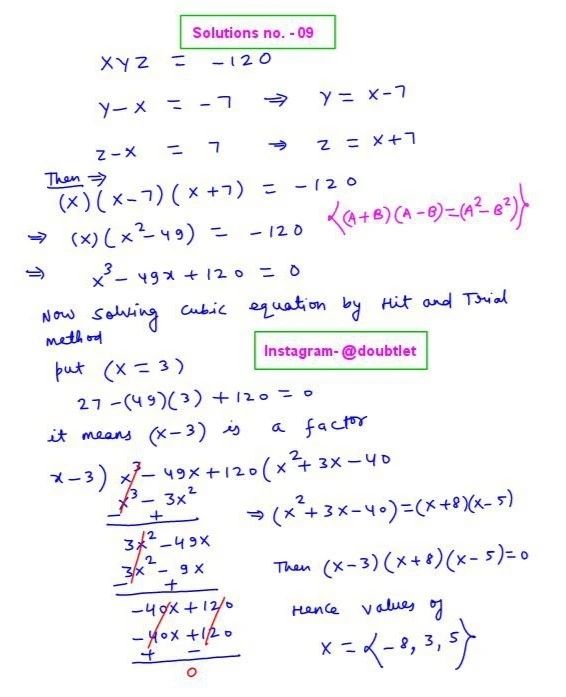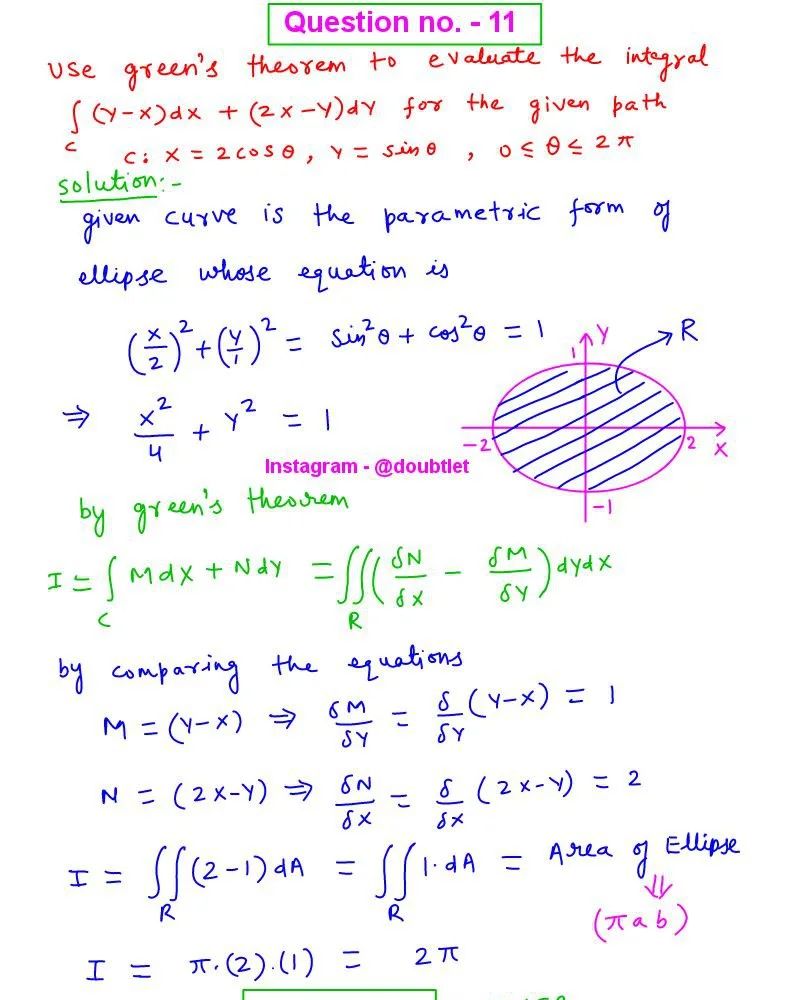









The quotient rule in derivatives is a fundamental technique used to find the derivative of a function, that is, the ratio of two other differentiable functions. It allows us to calculate the derivative using the numerator and denominator's derivatives, following a specific formula. This rule is essential when differentiating complex fractions in calculus.

Neetesh Kumar | October 13, 2024
Share this Page on:
![]()
![]()
![]()
![]()
![]()
- 1. Introduction to the Quotient Rule in Derivatives
- 2. What is the Quotient Rule in Derivatives
- 3. Quotient Rule in Derivatives Formula
- 4. How to Apply Quotient Rule in Derivatives Differentiation
- 5. Quotient Rule in Derivatives Solved Examples
- 6. Practice Questions on Quotient Rule in Derivatives
- 7. FAQs on Quotient Rule in Derivatives
- 8. Real-life Application of Quotient Rule in Derivatives
- 9. Conclusion
1. Introduction to the Quotient Rule in Derivatives:
The quotient rule is an essential technique in calculus for differentiating functions that are divided by each other. While the product rule deals with functions multiplied together, the quotient rule applies to functions in a ratio or fraction. This rule is widely used across various fields such as physics, economics, and engineering, where calculations often involve ratios of changing quantities. In this blog, we’ll explore the quotient rule in derivatives, provide a step-by-step guide on how to apply it, and work through solved examples to ensure a solid understanding.
2. What is the Quotient Rule in Derivatives:
The quotient rule is a formula used to find the derivative of the quotient, or division, of two functions. Specifically, if we have two differentiable functions, and , and we need to differentiate the function , the quotient rule helps to calculate the derivative efficiently.
In simple terms, the quotient rule allows us to find the derivative of a function that is the ratio of two other functions. The formula takes into account the rate of change of both the numerator and denominator.
3. Quotient Rule in Derivatives Formula:
The quotient rule is a formula used to differentiate functions that are expressed as a ratio of two differentiable functions. When you have a function in the form , the quotient rule helps calculate its derivative.
The formula for the quotient rule is:
In this formula:
- is the numerator.
- is the denominator.
- is the derivative of .
- is the derivative of .
The formula can be remembered as "low " times the derivative of the "high ", minus "high " times the derivative of "low ", all over the square of "low ." It efficiently handles differentiating functions in quotient form, especially when both the numerator and the denominator are complex functions.
4. How to Apply Quotient Rule in Derivatives Differentiation:
To apply the quotient rule in derivatives, follow these step-by-step instructions. The quotient rule is used when you have a function that is the ratio of two differentiable functions, . Here’s how to differentiate such functions using the quotient rule:
Step-by-Step Guide:
-
Identify the numerator and denominator:
- Let be the numerator (the function on top).
- Let be the denominator (the function on the bottom).
-
Differentiate the numerator and denominator
- Find , the derivative of the numerator .
- Find , the derivative of the denominator .
-
Apply the quotient rule formula: The quotient rule formula is:
- Multiply the denominator by the derivative of the numerator .
- Subtract the product of the numerator and the derivative of the denominator .
- Divide the entire result by the square of the denominator, .
-
Simplify the result:
- After applying the formula, simplify the expression to get the final derivative.
Example:
Let's find the derivative of .
Step 1: Identify the numerator and denominator:
- Numerator
- Denominator
Step 2: Differentiate the numerator and denominator:
Step 3: Apply the quotient rule formula:
Step 4: Simplify the result:
That's how you apply the quotient rule to differentiate a function step by step.
5. Quotient Rule in Derivatives Solved Examples:
Question: 1.
Find the derivative of using the quotient rule.
Solution:
Step 1: Identify the numerator and denominator:
- Numerator
- Denominator
Step 2: Differentiate the numerator and denominator:
Step 3: Apply the quotient rule formula:
Substitute the values of :
Step 4: Factor out :
Final Answer:
Question: 2.
Find the derivative of using the quotient rule.
Solution:
Step 1: Identify the numerator and denominator:
- Numerator
- Denominator
Step 2: Differentiate the numerator and denominator:
Step 3: Apply the quotient rule formula:
Substitute the values of , , , :
Step 4: Simplify the result:
Final Answer:
Question: 3.
Find the derivative of using the quotient rule.
Solution:
Step 1: Identify the numerator and denominator:
- Numerator
- Denominator
Step 2: Differentiate the numerator and denominator:
Step 3: Apply the quotient rule formula:
Substitute the values of , , , :
Step 4: Simplify the result:
Final Answer:
Question: 4.
Find the derivative of using the quotient rule.
Solution:
Step 1: Identify the numerator and denominator:
- Numerator:
- Denominator:
Step 2: Differentiate the numerator and denominator:
Step 3: Apply the quotient rule formula: The quotient rule formula is:
Substitute the values:
Step 4: Simplify the result:
Final Answer:
Question: 5.
Find the derivative of using the quotient rule.
Solution:
Step 1: Identify the numerator and denominator:
- Numerator:
- Denominator:
Step 2: Differentiate the numerator and denominator:
Step 3: Apply the quotient rule formula:
Step 4: Simplify the result:
Final Answer:
6. Practice Questions on Quotient Rule in Derivatives:
Q:1. Differentiate .
Q:2. Find the derivative of .
Q:3. Apply the quotient rule to .
Q:4. Use the quotient rule to differentiate .
Q:5. Find the derivative of .
7. FAQs on Quotient Rule in Derivatives:
What is the quotient rule in derivatives?
The quotient rule is a formula used to find the derivative of a function that is the ratio of two differentiable functions, .
When should I use the quotient rule?
You should use the quotient rule when differentiating a function that involves the division of two other functions, where both the numerator and denominator are differentiable.
What is the formula for the quotient rule?
The quotient rule formula is:
What happens if the denominator is constant?
If the denominator is a constant, you can apply the constant multiple rule instead of the quotient rule, as the derivative of a constant is zero.
Can the quotient rule be used for non-rational functions?
Yes, the quotient rule can be applied to any differentiable functions in the numerator and denominator, not just polynomials.
What is the difference between the quotient rule and the product rule?
The quotient rule is used for division of two functions, while the product rule is used for multiplication of two functions. The formulas for each are different.
Can the quotient rule be used multiple times?
Yes, you can apply the quotient rule multiple times if you are differentiating a function that is a ratio of several nested quotients.
What are some common mistakes when using the quotient rule?
A common mistake is forgetting to square the denominator or incorrectly differentiating the numerator or denominator. Another error is applying the rule when it isn't necessary, like when the denominator is constant.
8. Real-life Application of Quotient Rule in Derivatives:
The quotient rule has numerous real-world applications across different fields. For example:
- In physics, it’s used to calculate rates of change when one quantity is dependent on another, such as velocity over time in motion problems.
- In economics, the quotient rule helps differentiate profit margins or revenue ratios to determine optimal pricing strategies.
- In engineering, it is often used in calculating efficiency ratios, where multiple variables change simultaneously.
9. Conclusion:
The quotient rule in derivatives is a fundamental tool for finding the derivatives of functions that are divided by one another. With the quotient rule, you can break down complex fractions into simpler components for differentiation. Whether you are solving calculus problems in academia or applying mathematical models in real-life scenarios, mastering the quotient rule ensures you can easily handle even the most challenging functions.
If you have any suggestions regarding the improvement of the content of this page, please write to me at My Official Email Address: [email protected]
Are you Stuck on homework, assignments, projects, quizzes, labs, midterms, or exams?
To get connected to our tutors in real time. Sign up and get registered with us.
Methods-of-differentiation Formula Sheet
Mathematics Formula Sheet
Doubtlet's Blog Posts
Calculus Question Bank
Question and Answer Bank
Blog Information
Blog Author: Neetesh Kumar
Blog Publisher: Doubtlet
Comments(0)
Your comment will be reviewed before it is published.



Leave a comment